Home>Furniture & Design>Bathroom Accessories>How Long Does A Quip Toothbrush Last
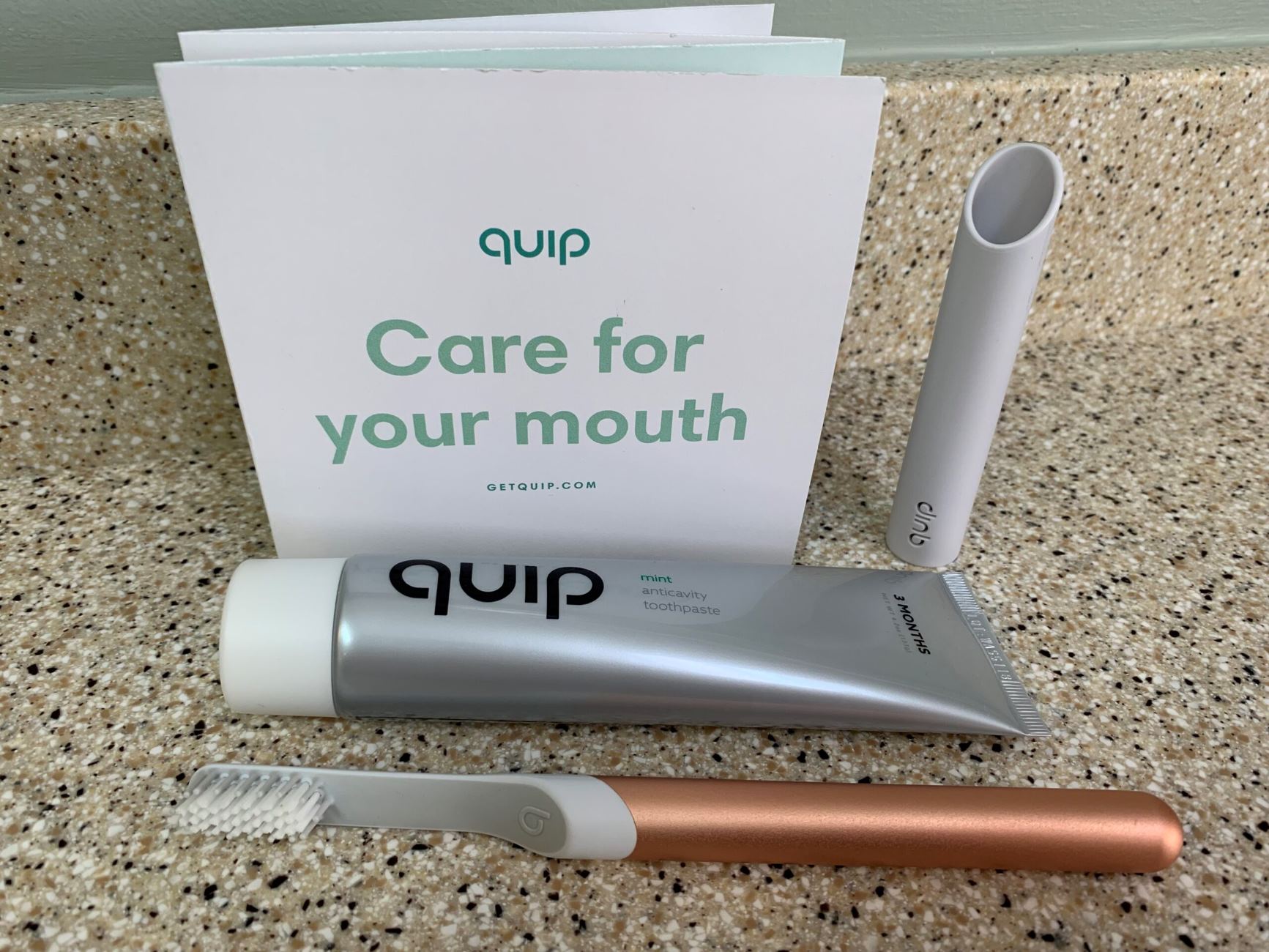

Bathroom Accessories
How Long Does A Quip Toothbrush Last
Published: February 11, 2024
Discover the durability of Quip toothbrushes and find out how long they last. Explore our range of bathroom accessories for long-lasting oral care.
(Many of the links in this article redirect to a specific reviewed product. Your purchase of these products through affiliate links helps to generate commission for Storables.com, at no extra cost. Learn more)
Introduction
When it comes to maintaining good oral hygiene, using a reliable toothbrush is essential. The Quip toothbrush has gained popularity for its sleek design, innovative features, and convenience. However, like all toothbrushes, the Quip toothbrush has a limited lifespan and requires proper care to ensure optimal performance. In this article, we will explore the factors that affect the lifespan of a Quip toothbrush, provide guidance on proper care and maintenance, and highlight the signs that indicate when it's time to replace your Quip toothbrush. Understanding these aspects will help you make the most of your Quip toothbrush and maintain excellent oral health.
Key Takeaways:
- Proper care and gentle brushing technique can extend the life of your Quip toothbrush. Regularly replace the brush head and store it in a dry, well-ventilated area to maintain optimal oral health.
- Look out for signs like frayed bristles and reduced cleaning efficiency to know when to replace your Quip toothbrush. Following these tips ensures a healthy and effective oral care routine.
Read more: How Long Does A Toothbrush Last
Factors Affecting Quip Toothbrush Lifespan
The lifespan of a Quip toothbrush can be influenced by several factors, ultimately impacting its durability and effectiveness. Understanding these factors is crucial for maximizing the longevity of your Quip toothbrush.
-
Frequency of Use: The frequency with which you use your Quip toothbrush directly affects its lifespan. Regular usage, especially multiple times a day, can lead to faster wear and tear of the bristles and internal components. It's important to strike a balance between thorough oral care and minimizing excessive wear on the toothbrush.
-
Brushing Technique: The way you brush your teeth can also impact the lifespan of your Quip toothbrush. Applying excessive pressure while brushing can cause the bristles to fray and deteriorate more quickly. It's essential to maintain a gentle yet effective brushing technique to prolong the life of the toothbrush.
-
Storage Environment: The environment in which you store your Quip toothbrush plays a significant role in its longevity. Exposure to excessive moisture or lack of proper ventilation can promote bacterial growth and degrade the toothbrush over time. It's advisable to store the Quip toothbrush in a dry, well-ventilated area to prevent premature deterioration.
-
Replacement of Brush Heads: The brush head of the Quip toothbrush needs to be replaced every three months, as recommended by dental professionals. Failure to replace the brush head at regular intervals can compromise the effectiveness of the toothbrush and lead to reduced lifespan.
-
Quality of Water: The quality of water used during brushing can impact the lifespan of the Quip toothbrush. Hard water, which contains a high mineral content, can contribute to the buildup of mineral deposits on the toothbrush bristles and components, potentially reducing its effectiveness over time.
By being mindful of these factors and taking proactive measures to address them, you can significantly extend the lifespan of your Quip toothbrush, ensuring that it continues to provide optimal oral care for an extended period.
Proper Care and Maintenance
Proper care and maintenance are essential for preserving the longevity and performance of your Quip toothbrush. By implementing the following practices, you can ensure that your toothbrush remains in optimal condition, providing effective oral care for an extended period.
-
Rinsing After Use: After each use, thoroughly rinse the bristles of the Quip toothbrush under running water to remove any toothpaste residue and debris. This simple practice helps prevent the accumulation of bacteria and maintains the cleanliness of the brush head.
-
Allowing Air Drying: To prevent the growth of mold and bacteria, it's important to allow the Quip toothbrush to air dry after use. Avoid covering the toothbrush or storing it in a closed container immediately after brushing. Instead, place it in an upright position in a well-ventilated area to facilitate proper drying.
-
Regular Cleaning of Handle: Periodically, clean the handle of the Quip toothbrush using a damp cloth to remove any accumulated residue or moisture. Ensuring that the handle remains free from grime and moisture helps maintain the overall hygiene of the toothbrush.
-
Avoiding Moisture Buildup: Prevent moisture buildup by ensuring that the Quip toothbrush is not stored in a damp or enclosed environment. Excessive moisture can promote the growth of mold and bacteria, potentially compromising the effectiveness and lifespan of the toothbrush.
-
Replacing Brush Head: Adhere to the recommended schedule for replacing the brush head every three months. This practice is crucial for ensuring that the bristles remain effective in removing plaque and debris from the teeth and gums. Additionally, regularly replacing the brush head contributes to maintaining optimal oral hygiene.
-
Gentle Brushing Technique: Utilize a gentle brushing technique to minimize wear on the bristles and internal components of the Quip toothbrush. Applying excessive pressure during brushing can lead to premature deterioration of the bristles, reducing the overall effectiveness of the toothbrush.
-
Storage Considerations: Store the Quip toothbrush in an upright position in a well-ventilated area, away from sources of potential contamination. Avoid storing it in closed containers or areas with high humidity, as these conditions can compromise the hygiene and longevity of the toothbrush.
By incorporating these care and maintenance practices into your oral care routine, you can prolong the lifespan of your Quip toothbrush and ensure that it continues to deliver optimal performance in maintaining your oral health.
The Quip toothbrush typically lasts for about 3 months, which is the recommended time to replace the brush head for optimal oral hygiene.
Signs that Your Quip Toothbrush Needs Replacement
Recognizing the signs that indicate your Quip toothbrush requires replacement is essential for maintaining effective oral hygiene. Over time, the bristles of the toothbrush undergo wear and tear, diminishing their cleaning efficacy and potentially compromising oral health. By being attentive to the following indicators, you can ensure that your Quip toothbrush continues to provide optimal performance, prompting timely replacement when necessary.
-
Frayed or Bent Bristles: Inspect the bristles of your Quip toothbrush regularly. If you notice fraying or bending of the bristles, it's a clear indication that the toothbrush is no longer effectively removing plaque and debris from the teeth and gums. Frayed bristles can also be harsh on the gums, potentially causing irritation. When bristles lose their straight, uniform shape, it's time to replace the brush head.
-
Reduced Cleaning Efficiency: As the bristles of the Quip toothbrush wear down, their ability to effectively clean the teeth and gums diminishes. You may notice that the toothbrush no longer provides the same level of cleanliness and freshness after brushing. If you find that your teeth don't feel as clean as they used to after brushing, it's a strong indication that the brush head needs replacement.
-
Discoloration or Buildup: Over time, the bristles of the Quip toothbrush may accumulate discoloration or buildup, particularly if proper care and maintenance practices are not consistently followed. Discoloration and buildup can harbor bacteria, compromising the overall hygiene of the toothbrush and potentially impacting oral health. If you observe persistent discoloration or buildup on the bristles, it's time to replace the brush head for a fresh and hygienic brushing experience.
-
Splayed Bristles: Splaying of the bristles, where they spread out in different directions, is a clear indication of wear and reduced effectiveness. Splayed bristles are less efficient in reaching and cleaning hard-to-reach areas of the mouth, diminishing the overall cleaning performance of the toothbrush. When bristles lose their uniform alignment and begin to splay, it's a sign that the brush head should be replaced.
-
Extended Usage Period: Adhering to the recommended replacement schedule for the brush head is crucial for maintaining optimal oral hygiene. If you've been using the same Quip brush head for longer than the recommended three-month period, it's advisable to replace it, even if the bristles appear to be in relatively good condition. Over time, the bristles wear down and become less effective, necessitating timely replacement for continued oral care efficacy.
By remaining attentive to these signs and promptly replacing the brush head when necessary, you can ensure that your Quip toothbrush consistently delivers effective cleaning performance, contributing to the maintenance of excellent oral hygiene and overall oral health.
Conclusion
In conclusion, the lifespan of a Quip toothbrush is influenced by various factors, including frequency of use, brushing technique, storage environment, replacement of brush heads, and the quality of water used during brushing. By being mindful of these factors and implementing proper care and maintenance practices, individuals can significantly extend the longevity of their Quip toothbrush, ensuring that it continues to provide optimal oral care for an extended period.
Proper care and maintenance play a pivotal role in preserving the effectiveness and lifespan of the Quip toothbrush. Rinsing the brush head after each use, allowing it to air dry, regularly cleaning the handle, and avoiding moisture buildup are essential practices for maintaining the hygiene and functionality of the toothbrush. Additionally, adhering to the recommended schedule for replacing the brush head every three months is crucial for ensuring consistent cleaning performance and optimal oral hygiene.
Recognizing the signs that indicate the need for brush head replacement, such as frayed or splayed bristles, reduced cleaning efficiency, discoloration or buildup, and extended usage period, is vital for maintaining effective oral hygiene. By promptly replacing the brush head when these signs manifest, individuals can ensure that their Quip toothbrush continues to deliver reliable cleaning performance, contributing to the overall maintenance of excellent oral health.
Ultimately, by understanding the factors affecting the lifespan of a Quip toothbrush, implementing proper care and maintenance practices, and recognizing the signs that indicate the need for replacement, individuals can maximize the longevity and effectiveness of their Quip toothbrush, promoting optimal oral hygiene and overall oral health.
Incorporating these insights into daily oral care routines empowers individuals to make the most of their Quip toothbrush, ensuring that it remains a valuable tool in maintaining a healthy and radiant smile. With a commitment to proactive care and timely replacement, the Quip toothbrush can continue to be a reliable companion in promoting excellent oral hygiene for the long term.
Frequently Asked Questions about How Long Does A Quip Toothbrush Last
Was this page helpful?
At Storables.com, we guarantee accurate and reliable information. Our content, validated by Expert Board Contributors, is crafted following stringent Editorial Policies. We're committed to providing you with well-researched, expert-backed insights for all your informational needs.
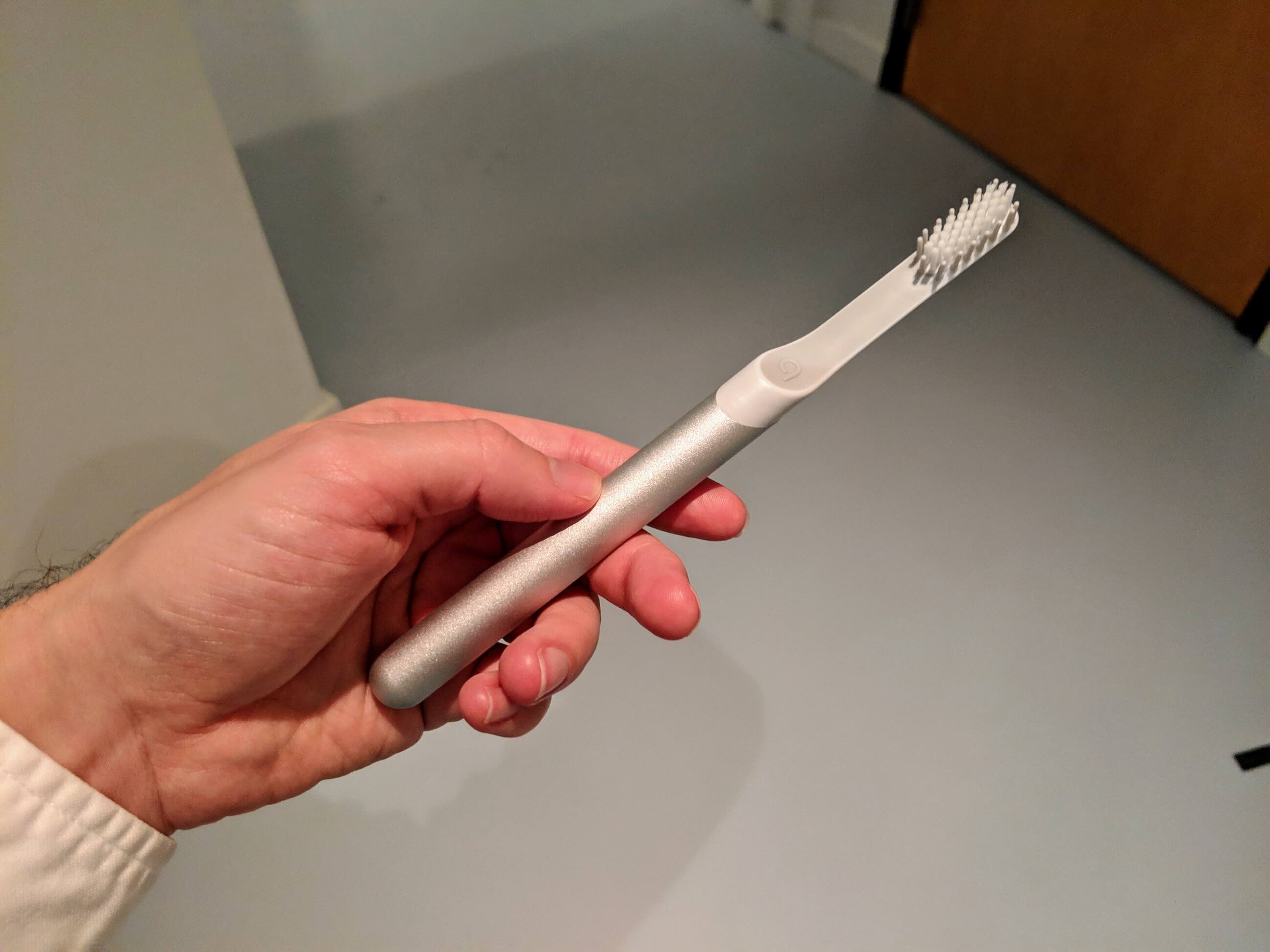
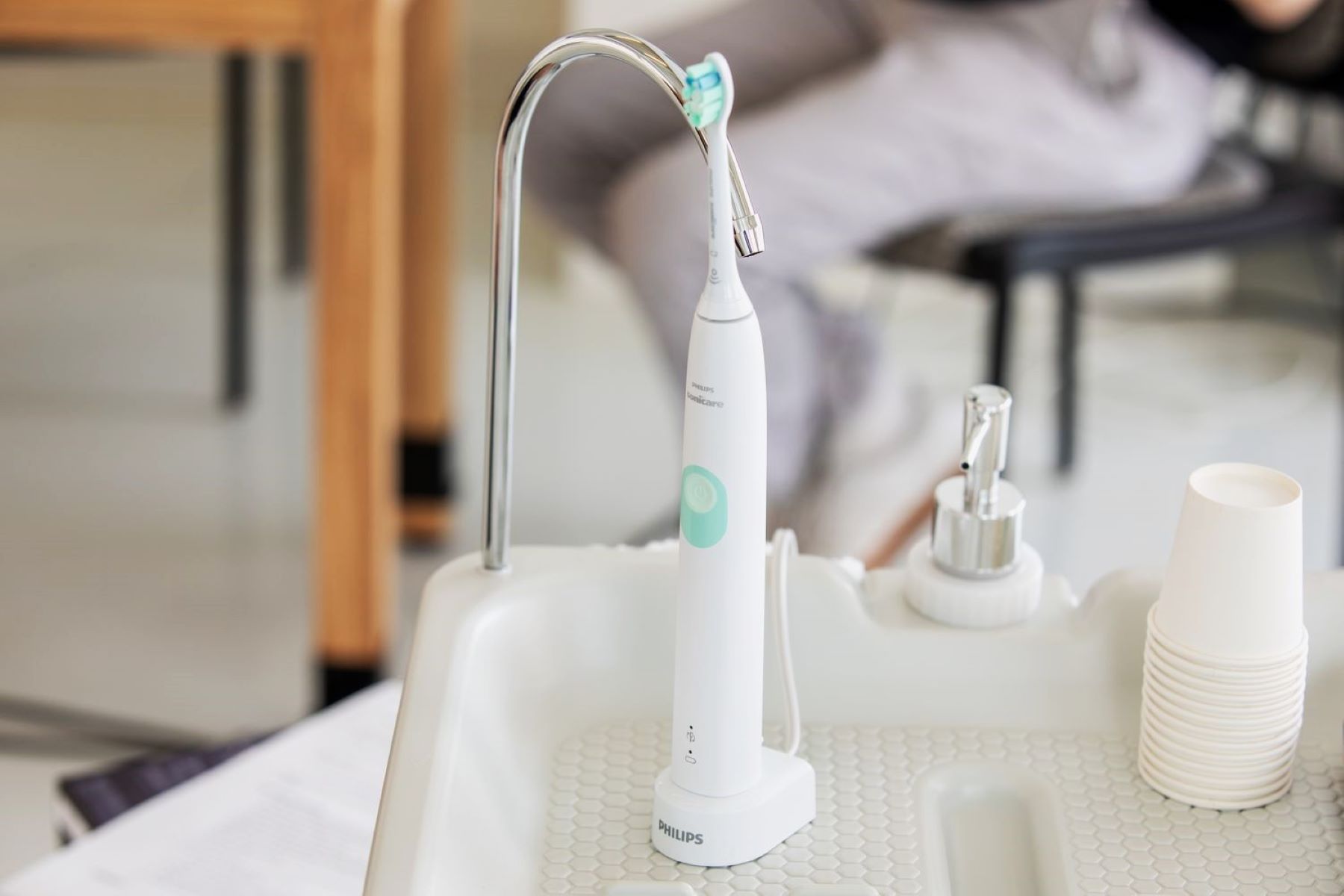
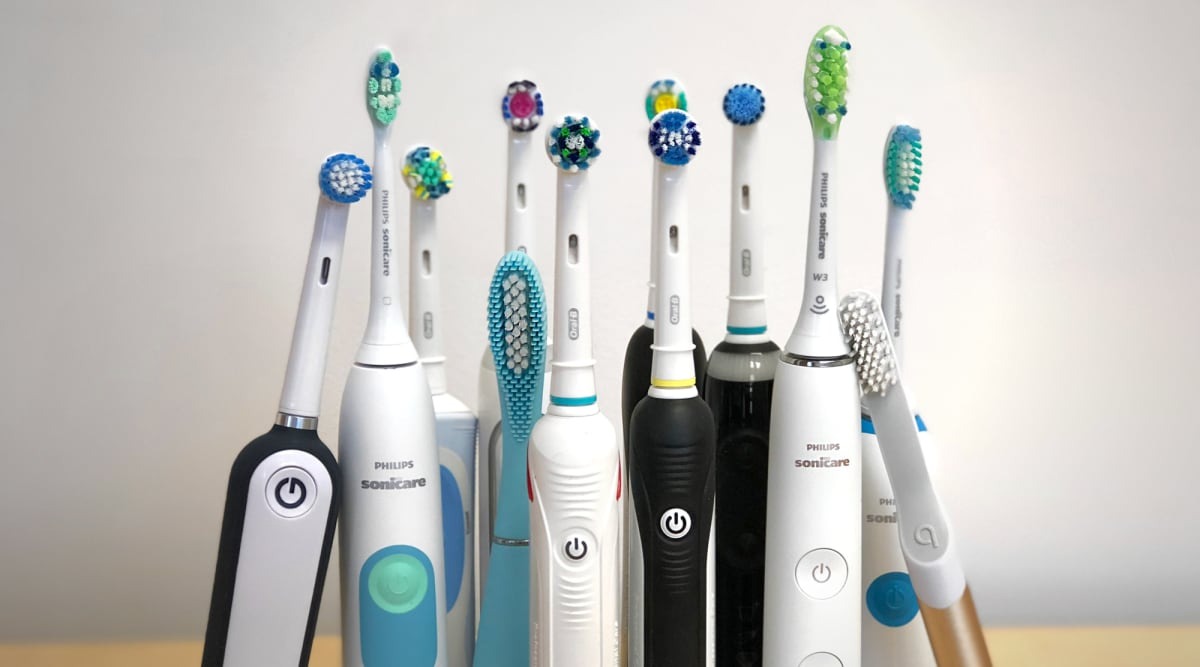
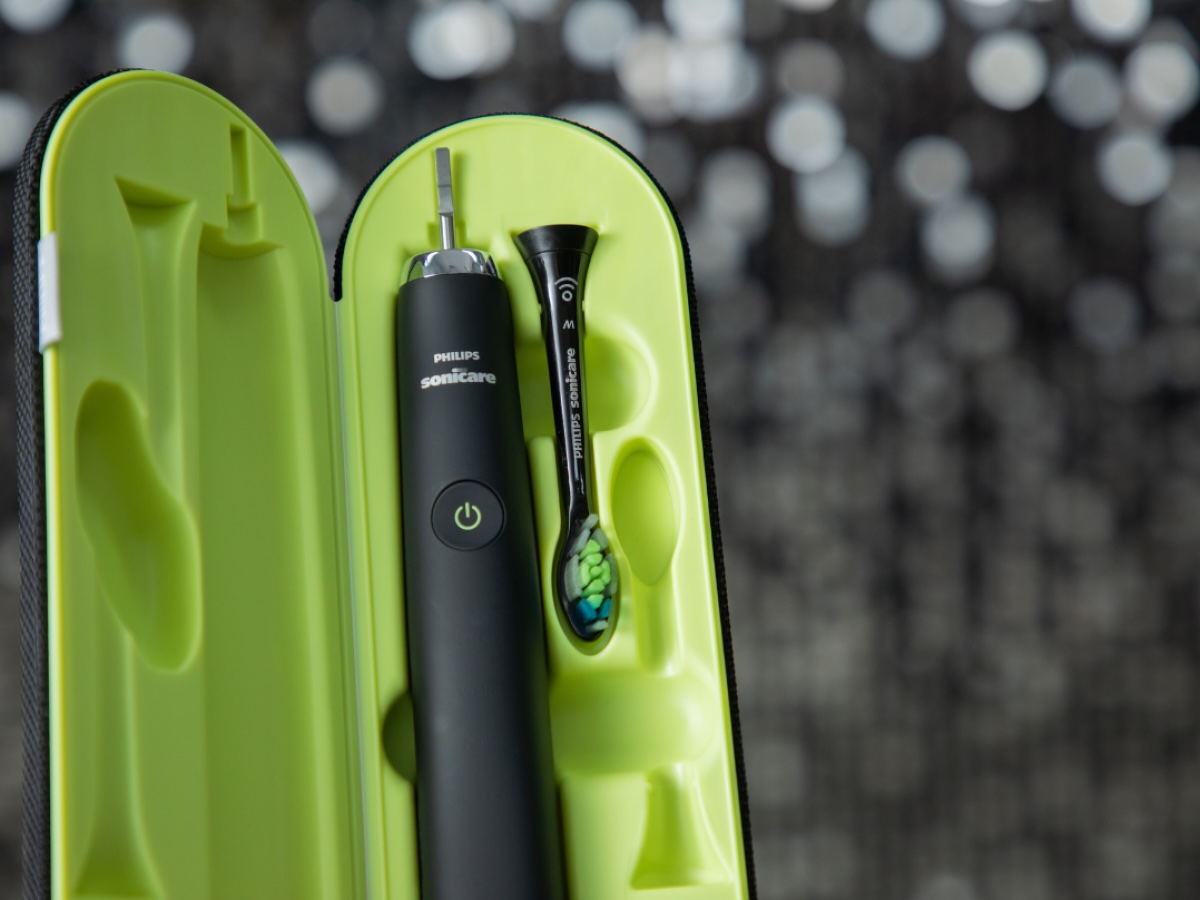
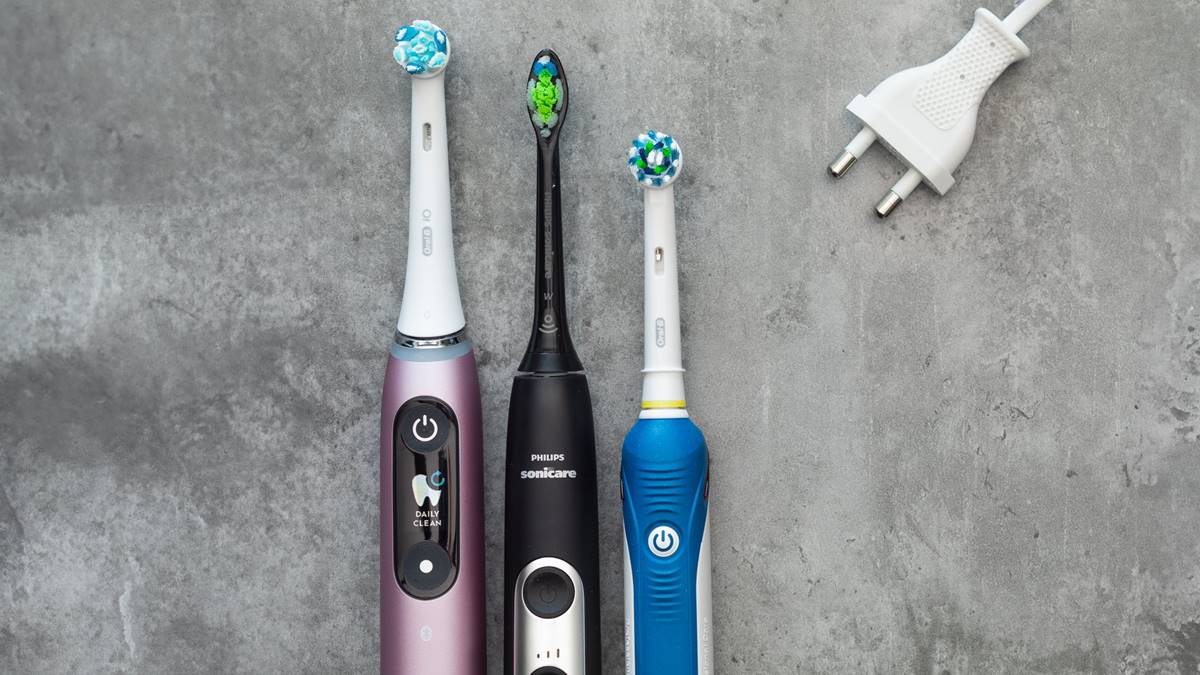
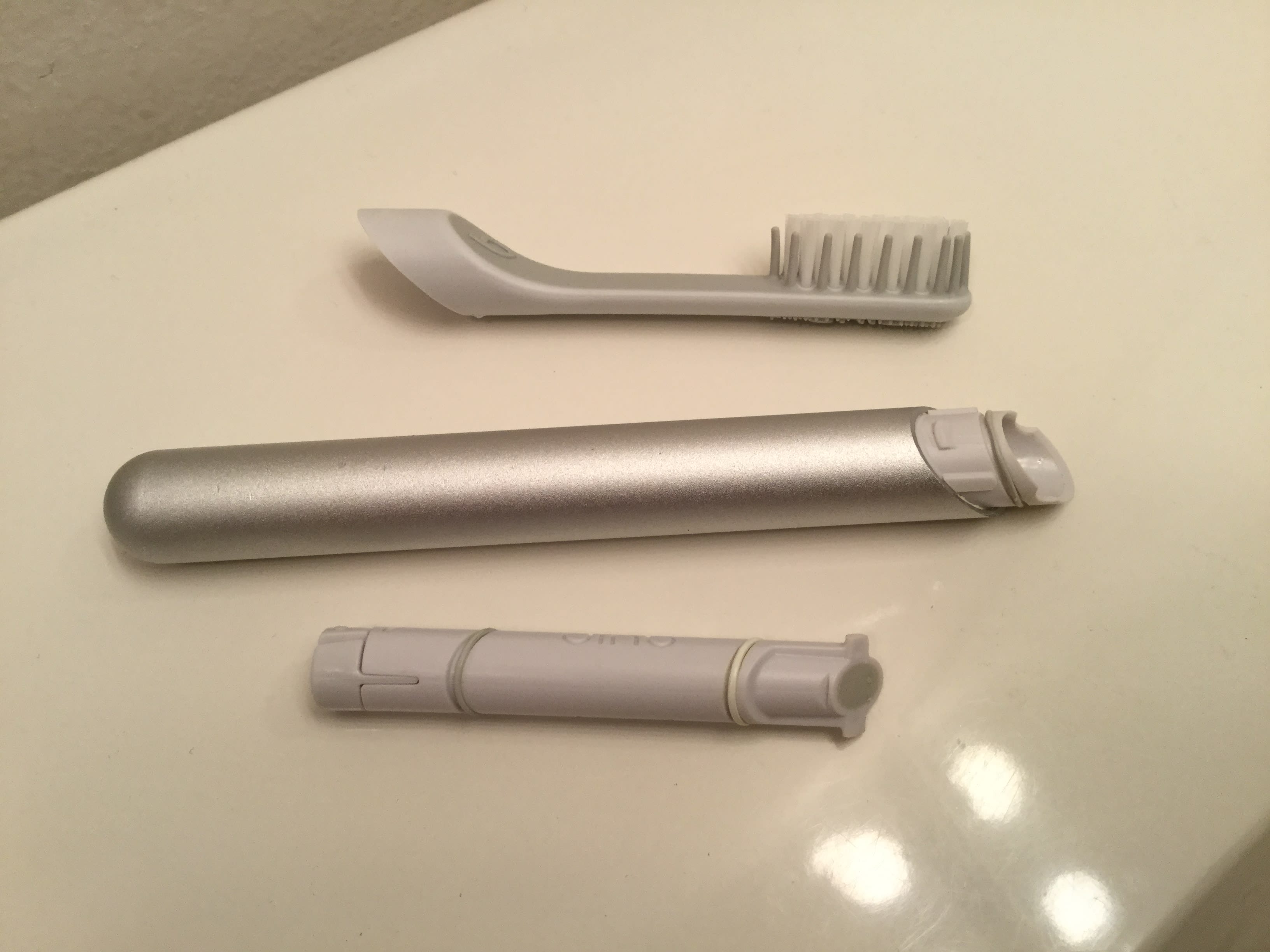
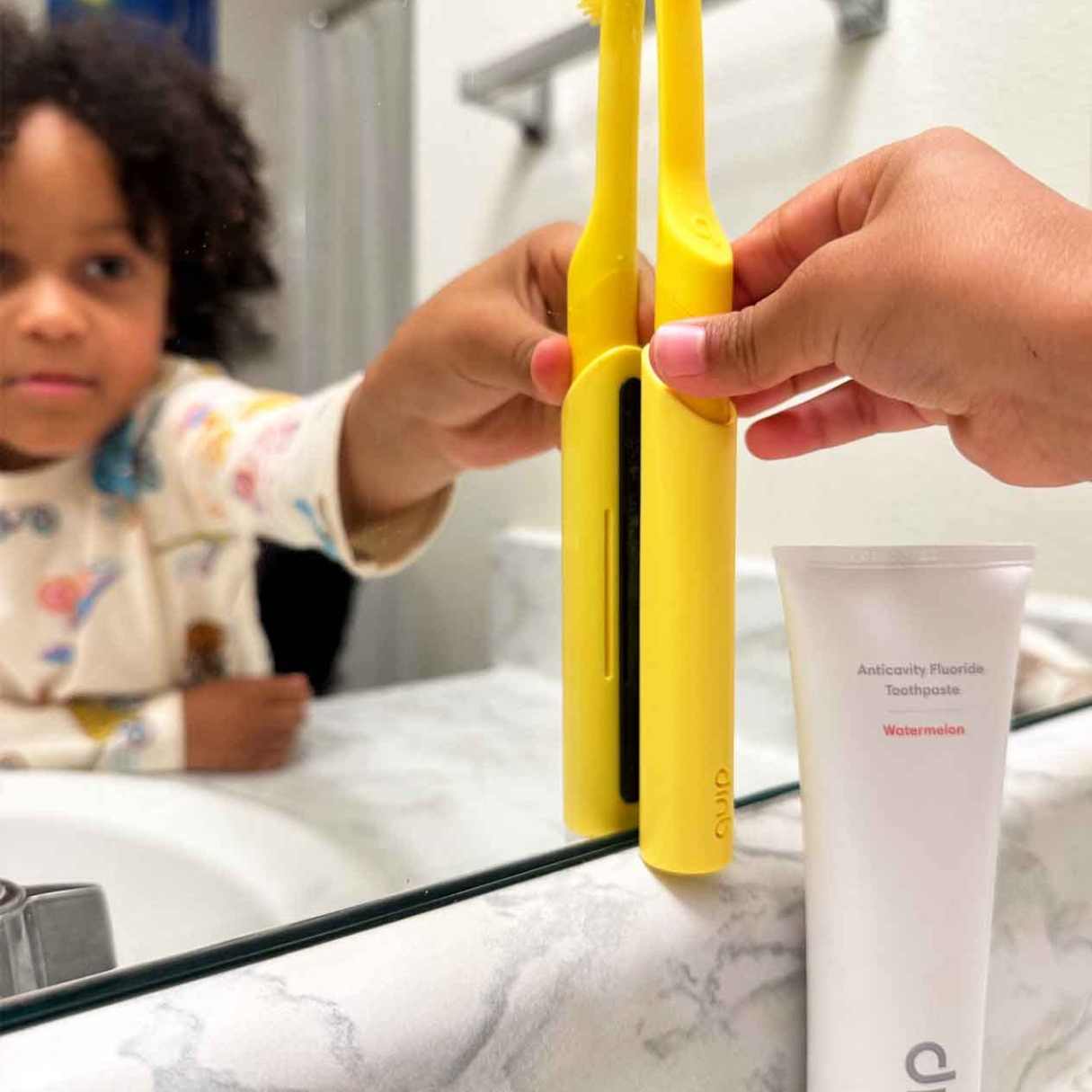
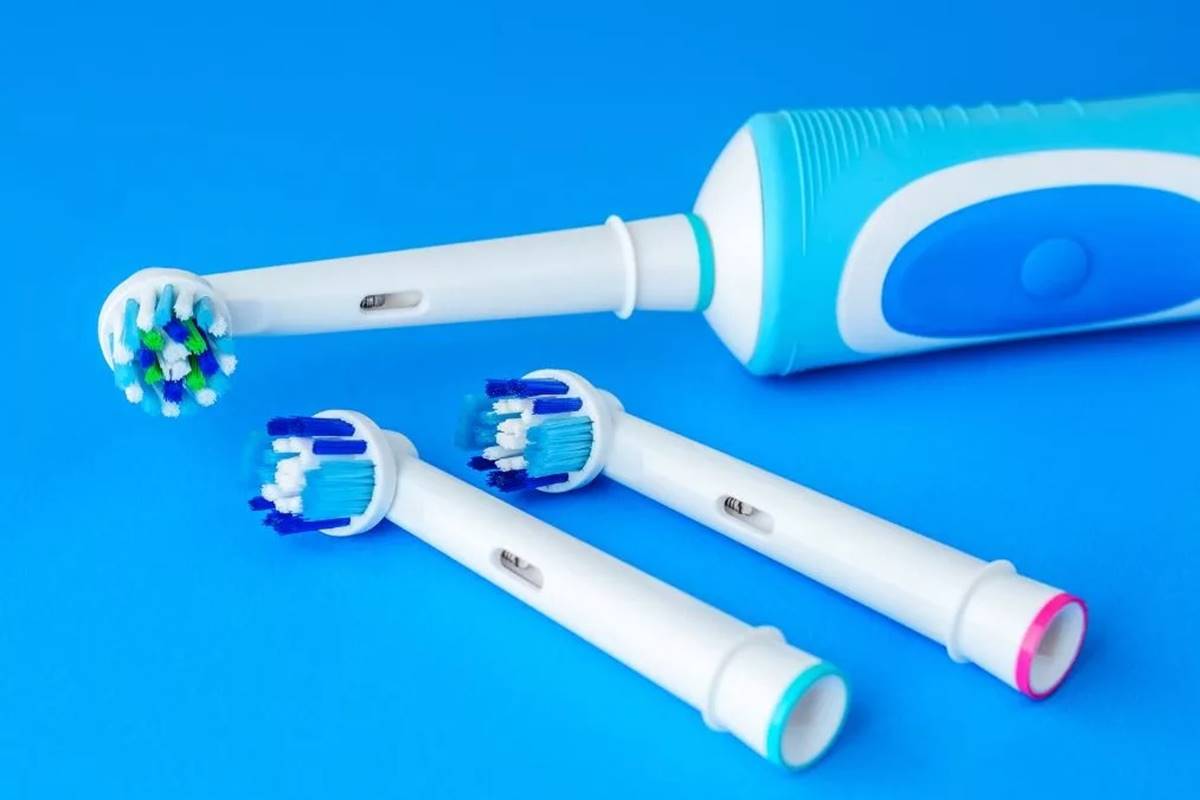
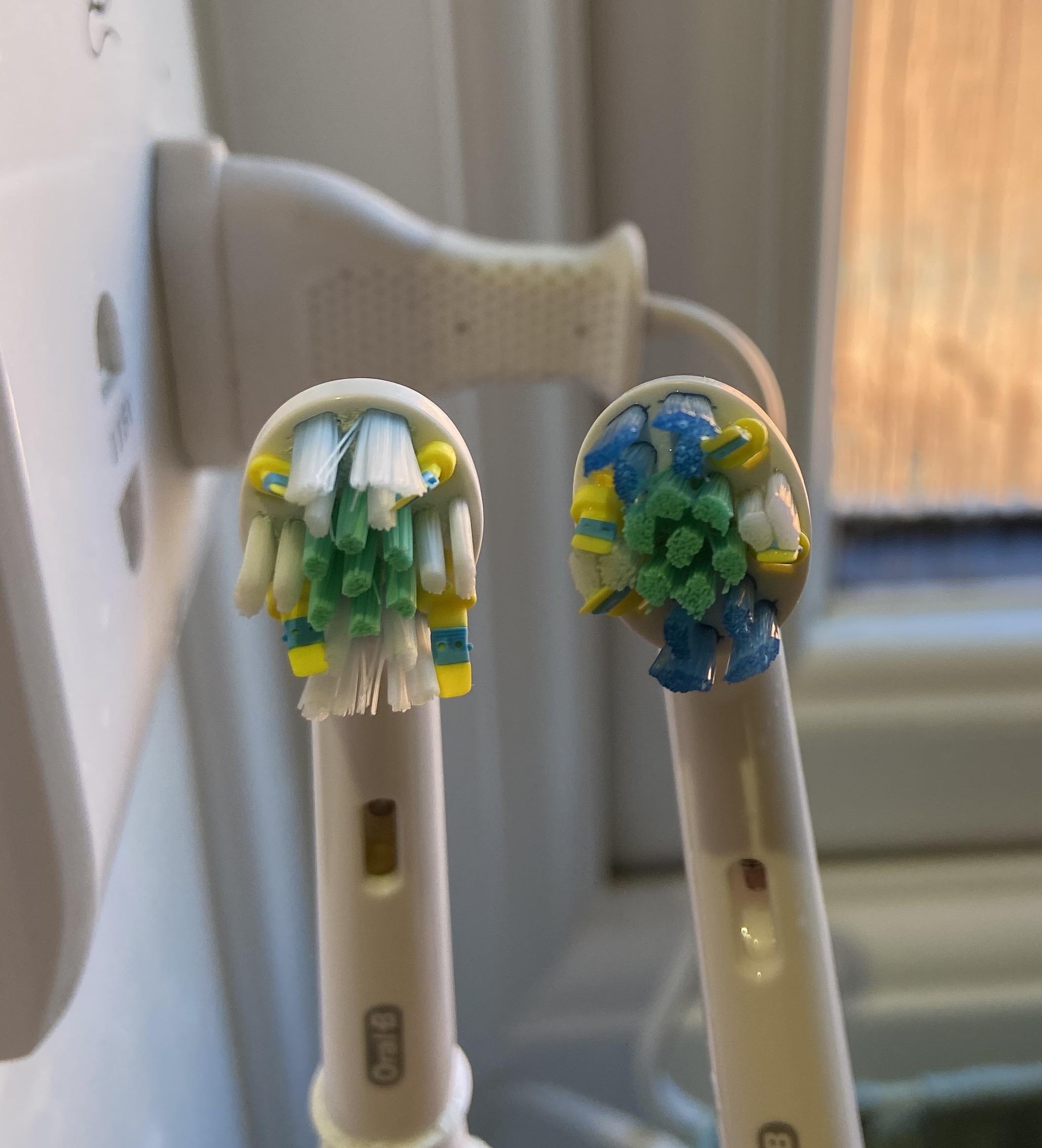
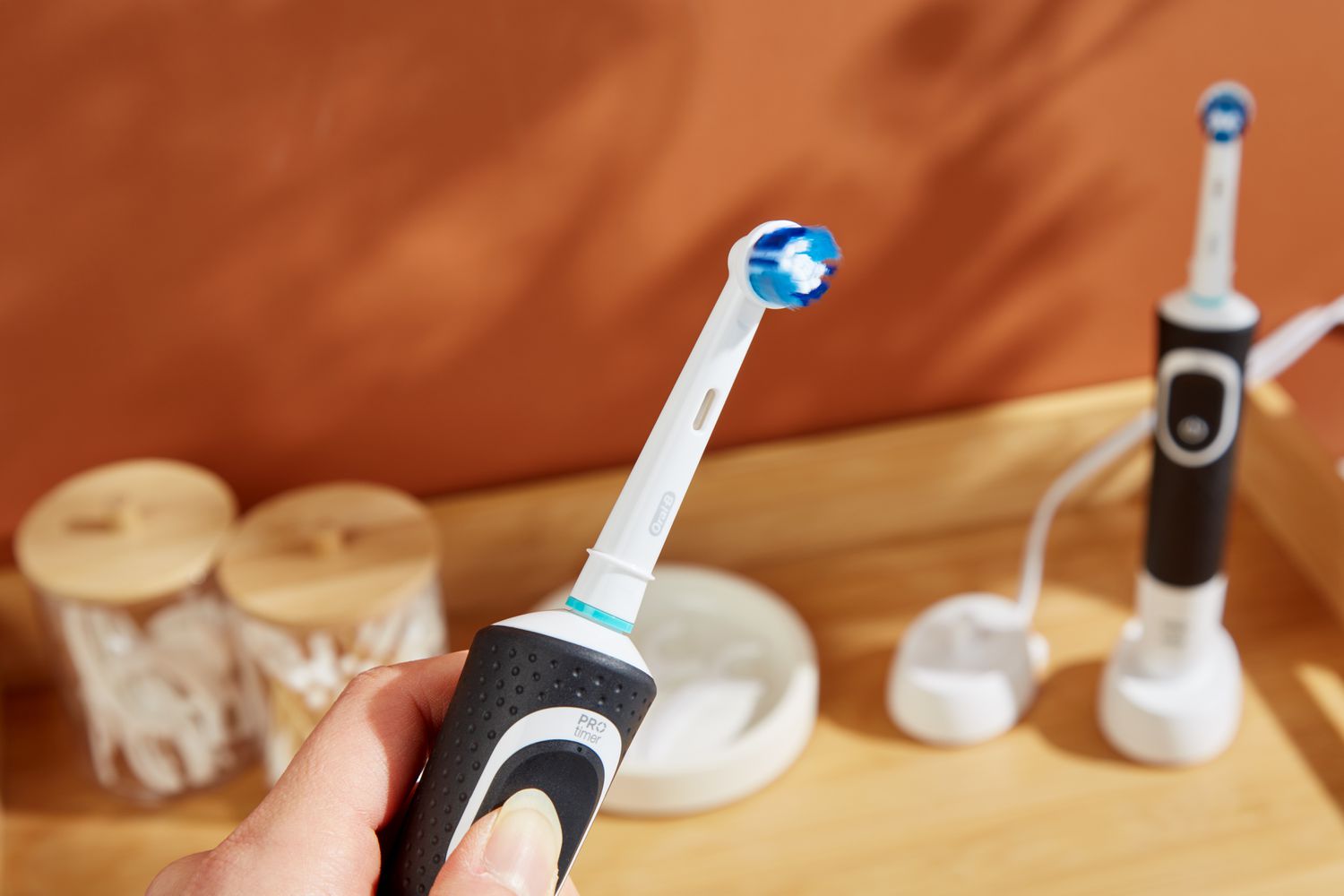
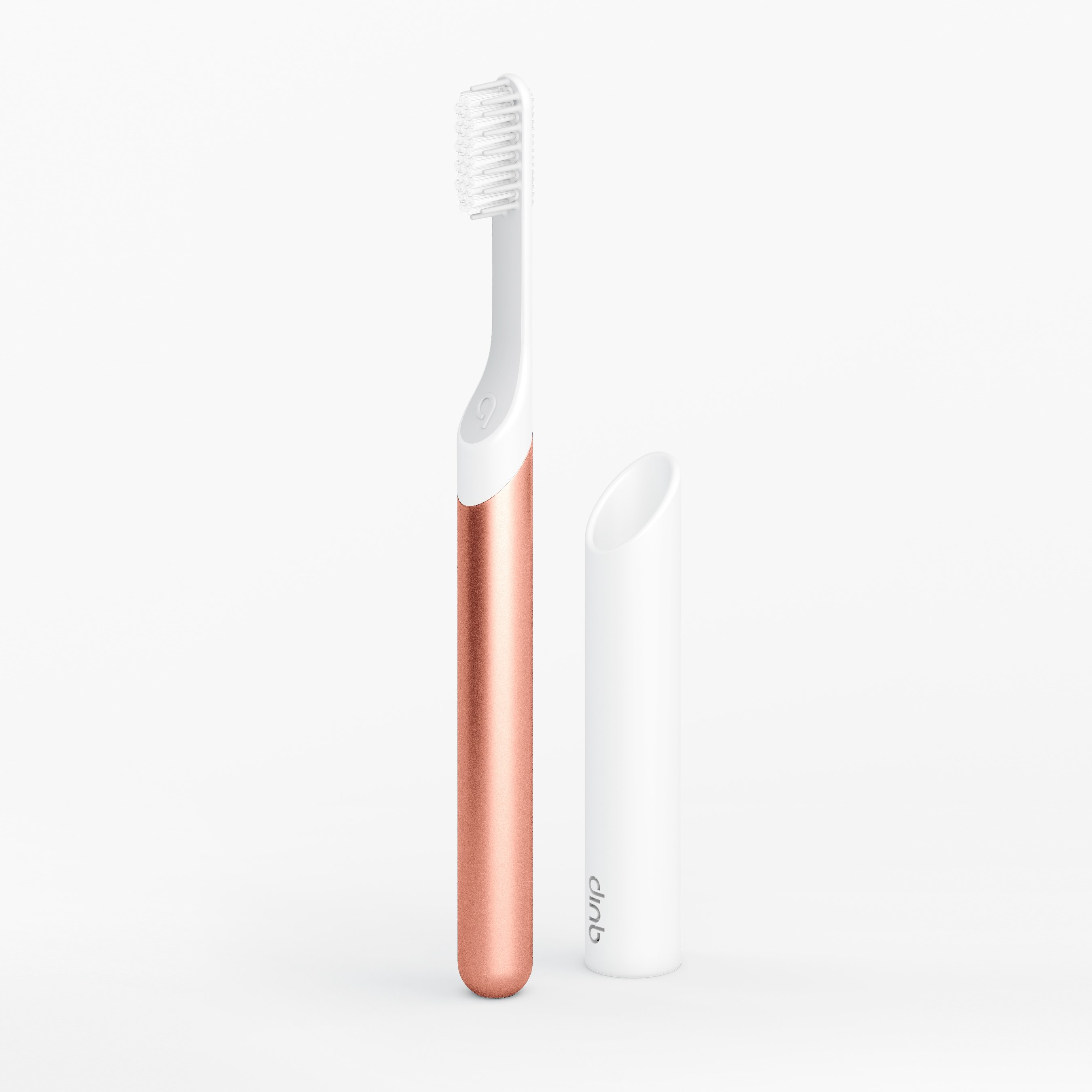
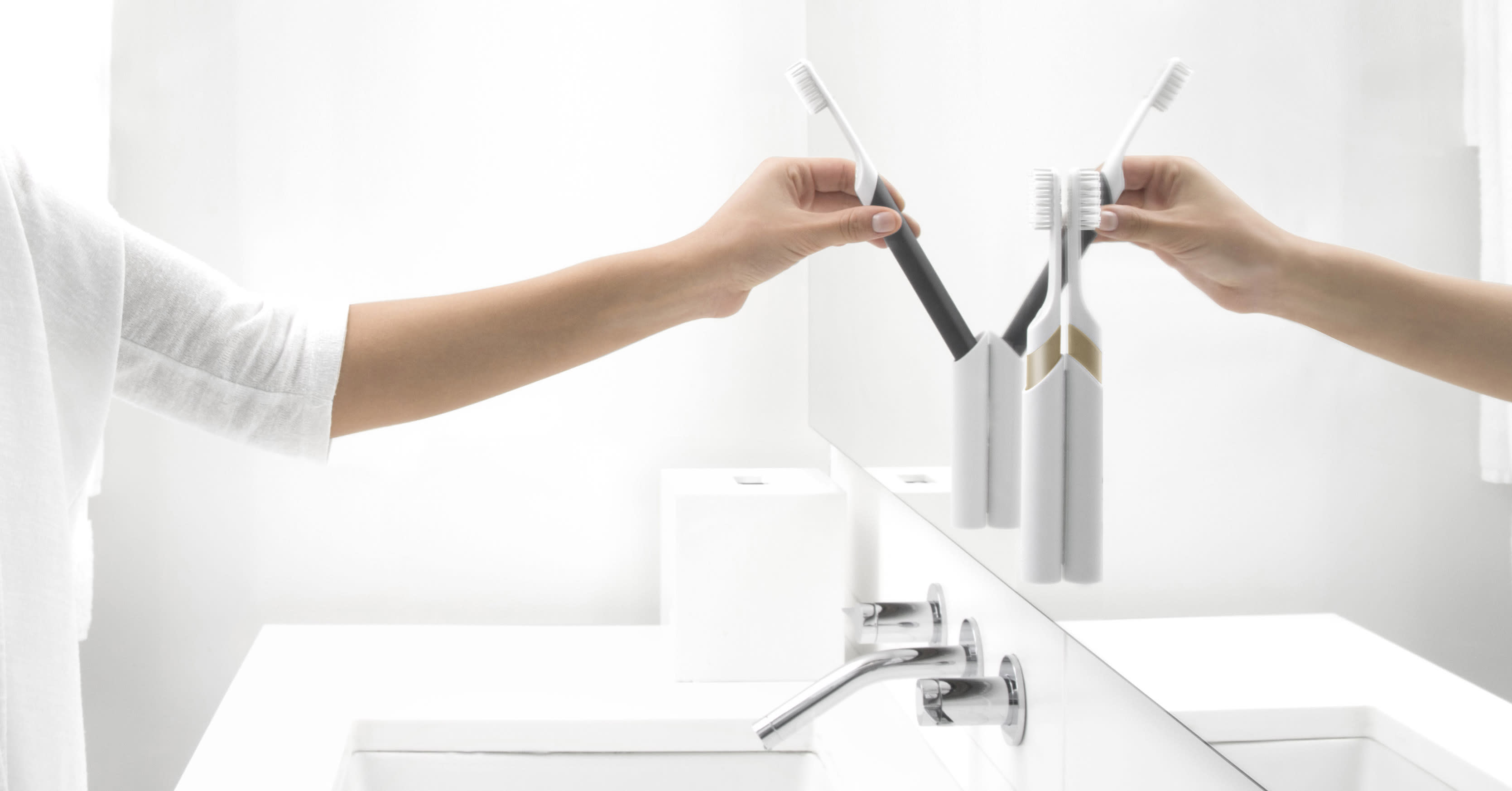
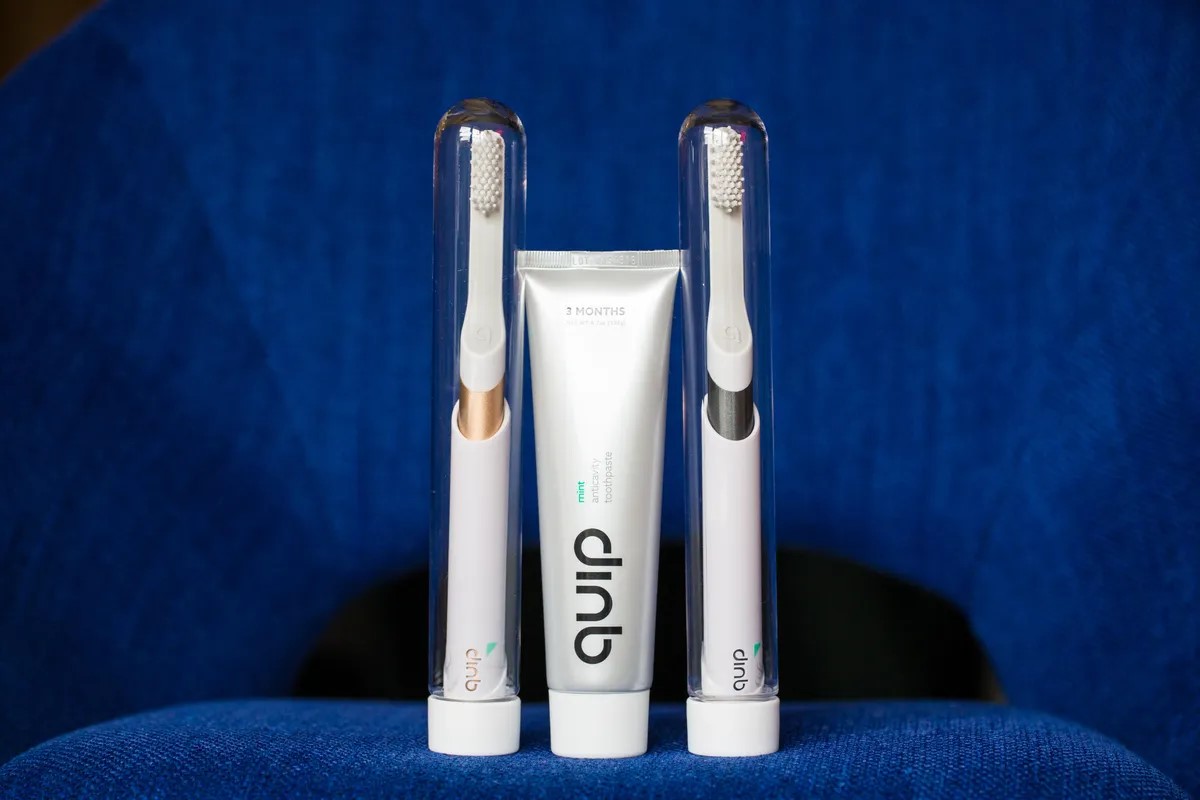
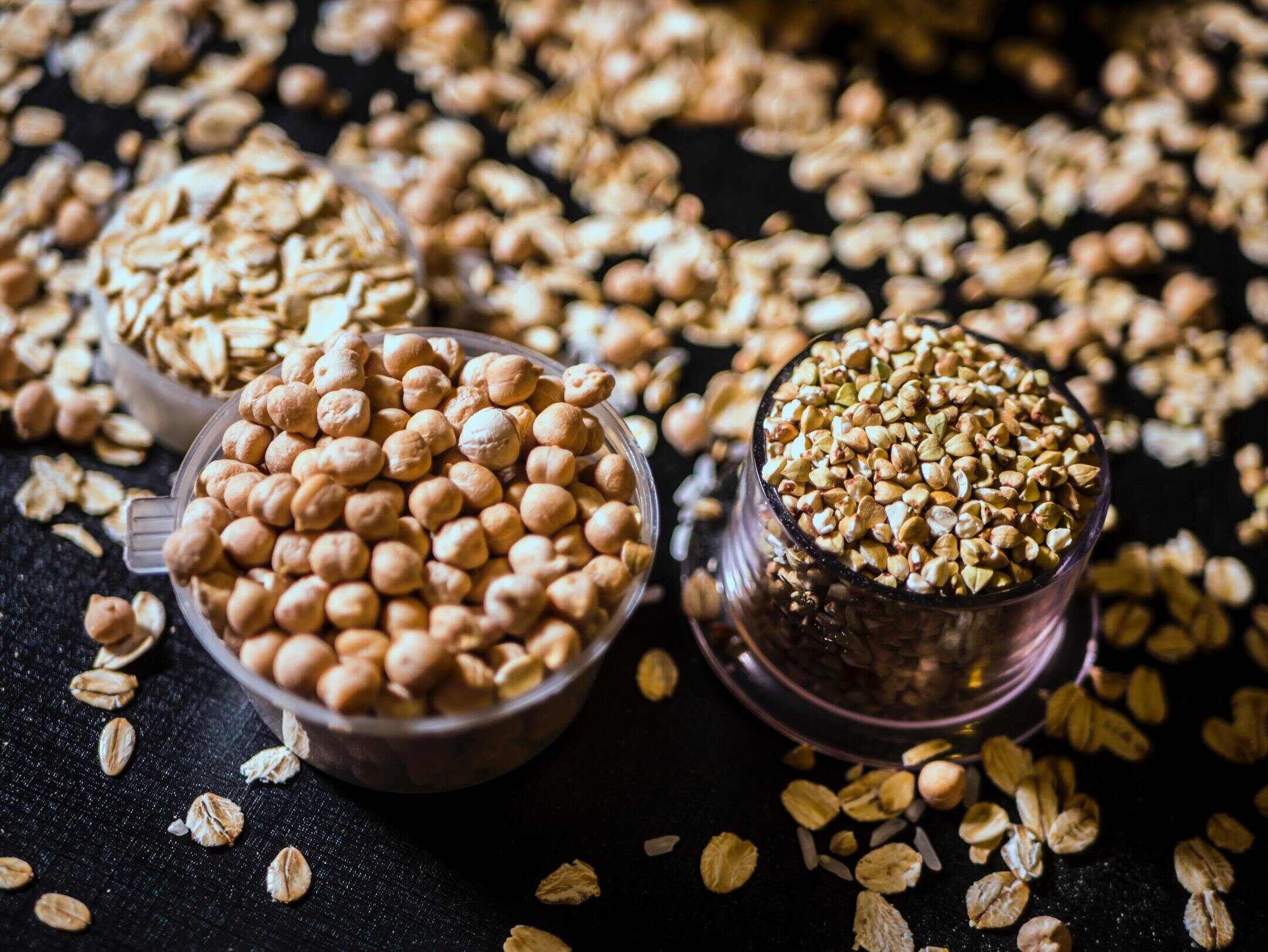
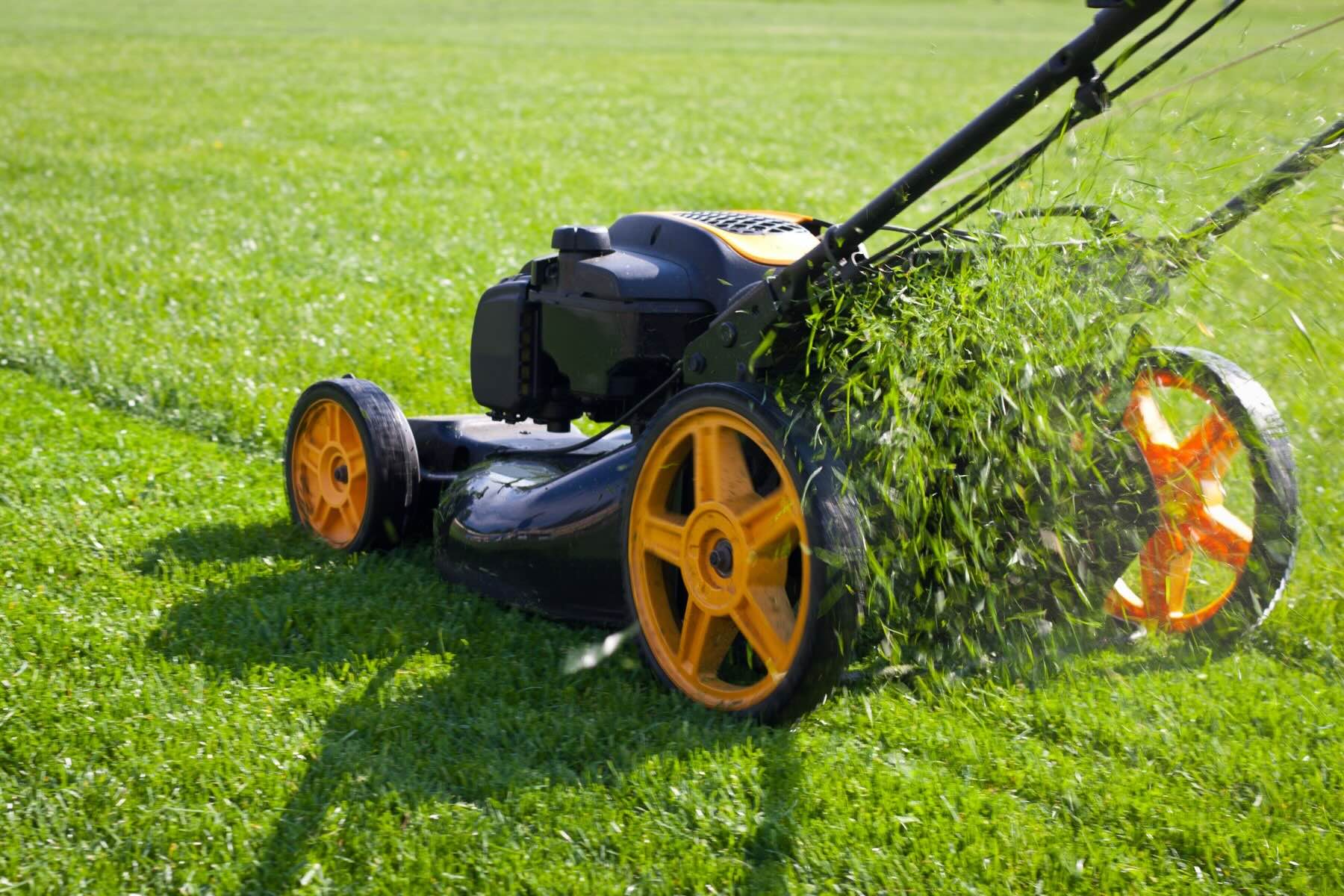

0 thoughts on “How Long Does A Quip Toothbrush Last”